
Looking for In-Home Care? See All Services
Looking for In-Home Care? See All Services

What do you get when you combine one part inspiration, a healthy dose of cutting edge technology trends and dedicated trailblazers who have a passion for helping older adults to live their best lives? ComForConnections, our educational podcast that has become a must-hear for aging services professionals just like you.
With each short episode, you’ll have the ability to gain a deeper understanding of topics that will help your professional growth and optimize care for your clients. We are proud to cover game changing topics like fall risk prevention, staff retention and person-centered dementia care with professionals who are truly making a difference in the lives of older adults.
Tune in today and connect with our community of professionals as we elevate the standard of the care industry.



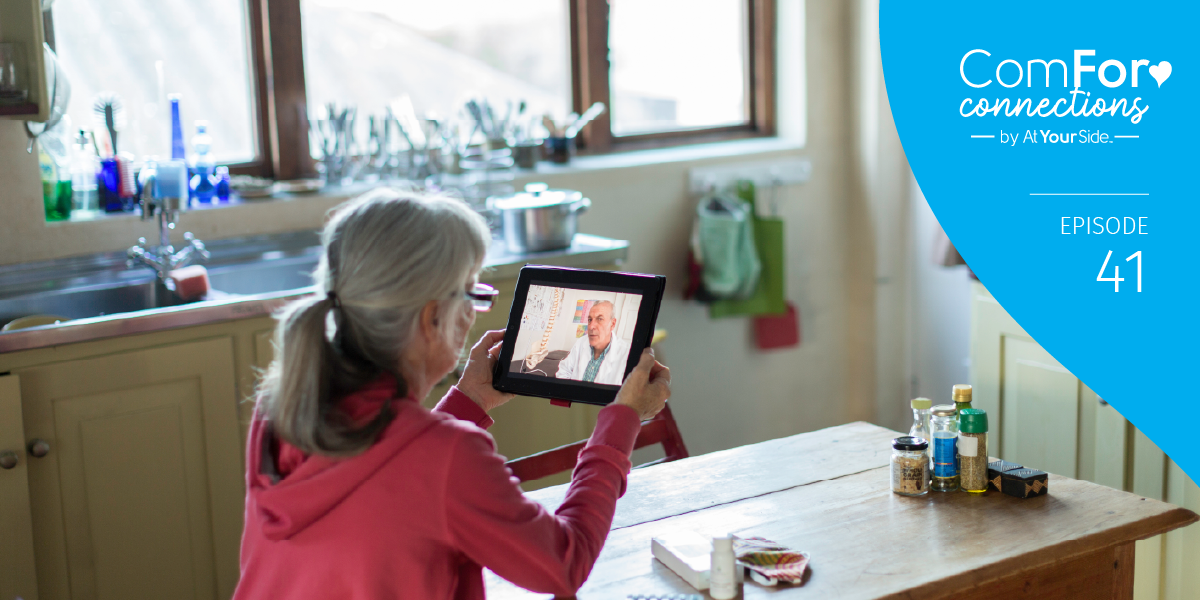

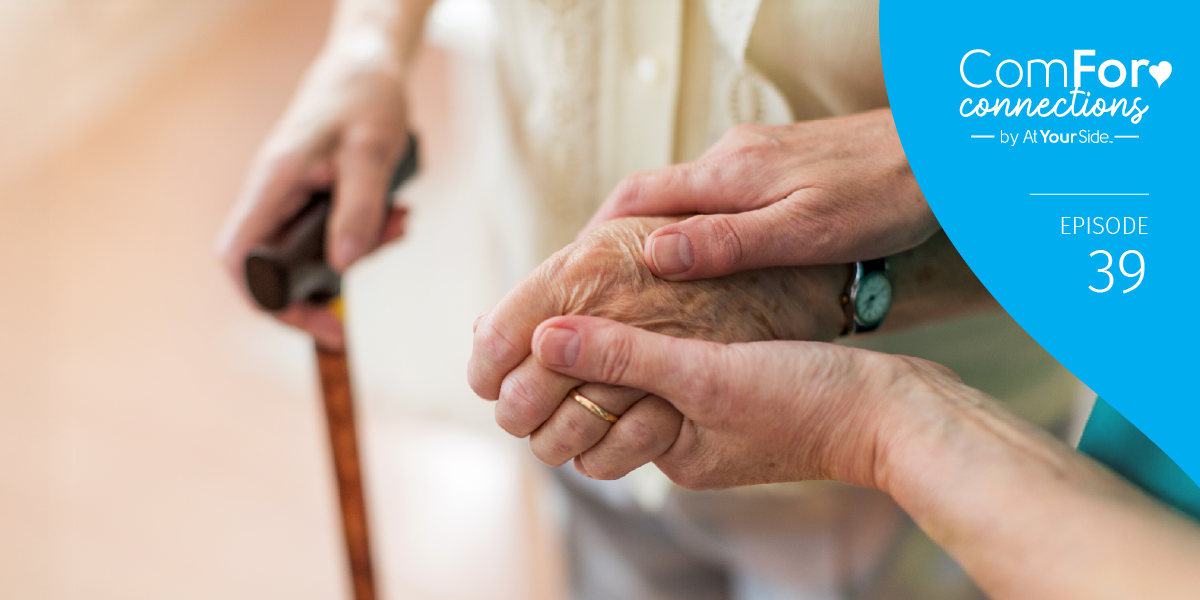
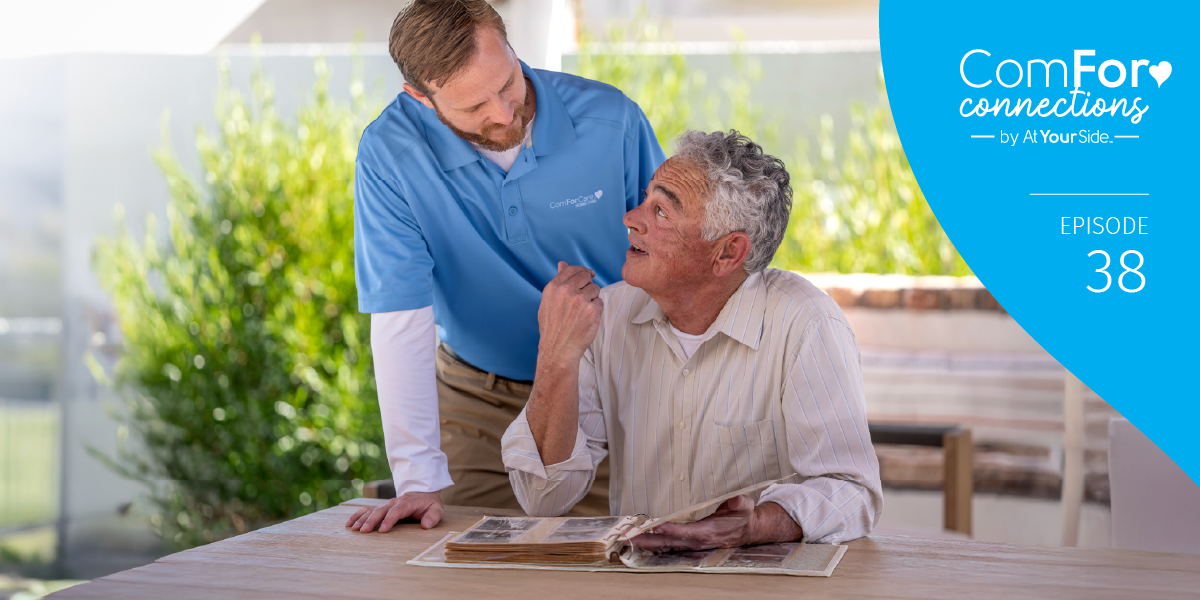


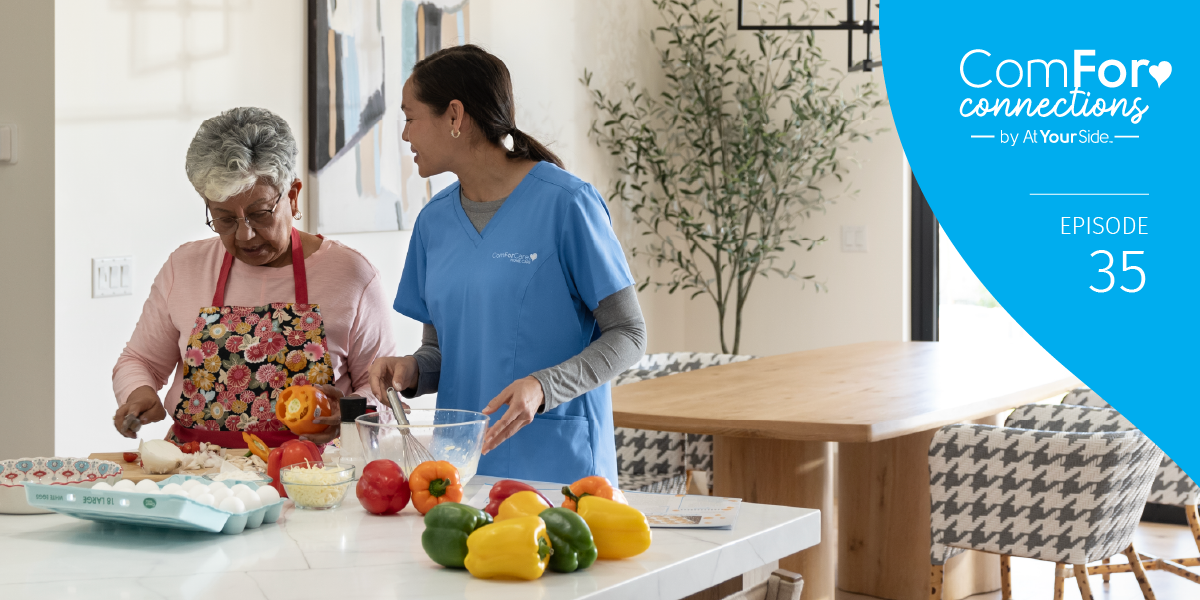
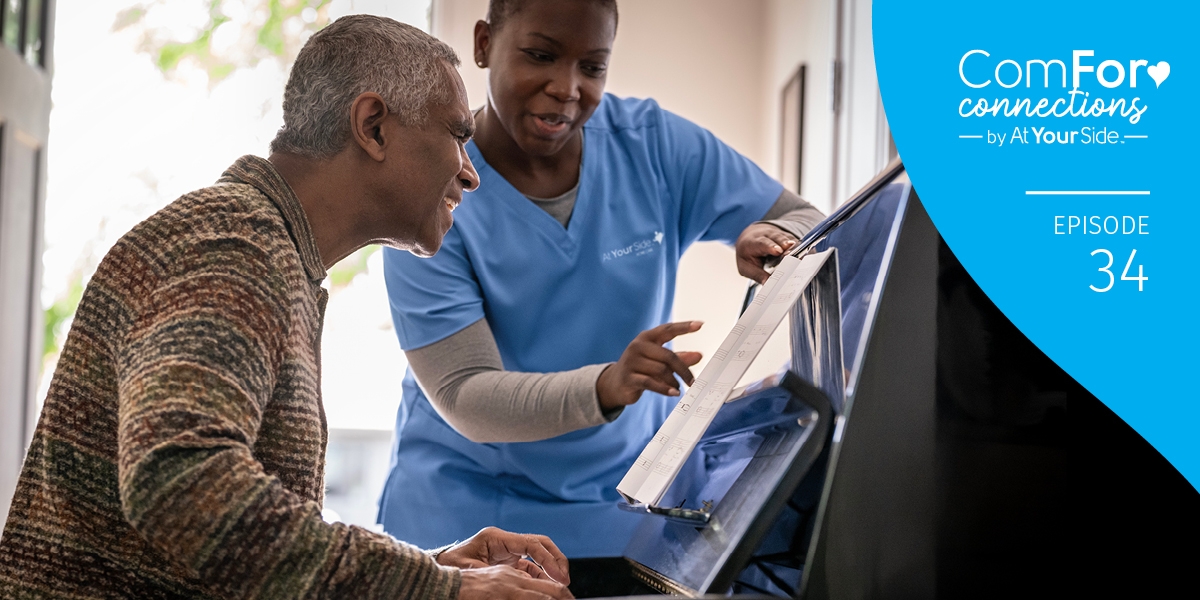
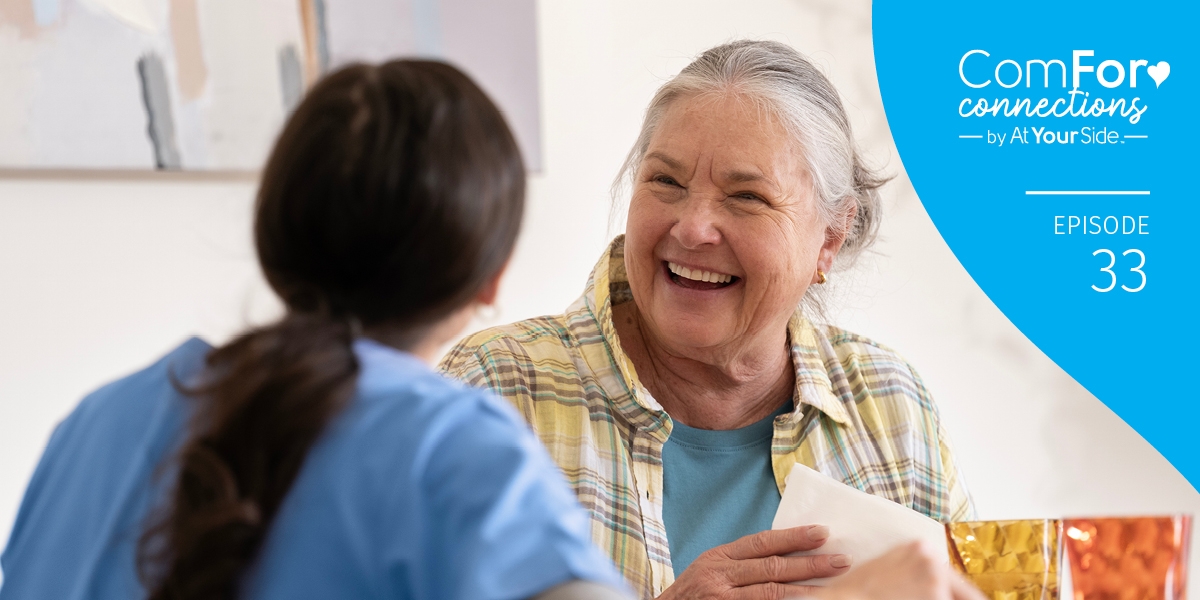






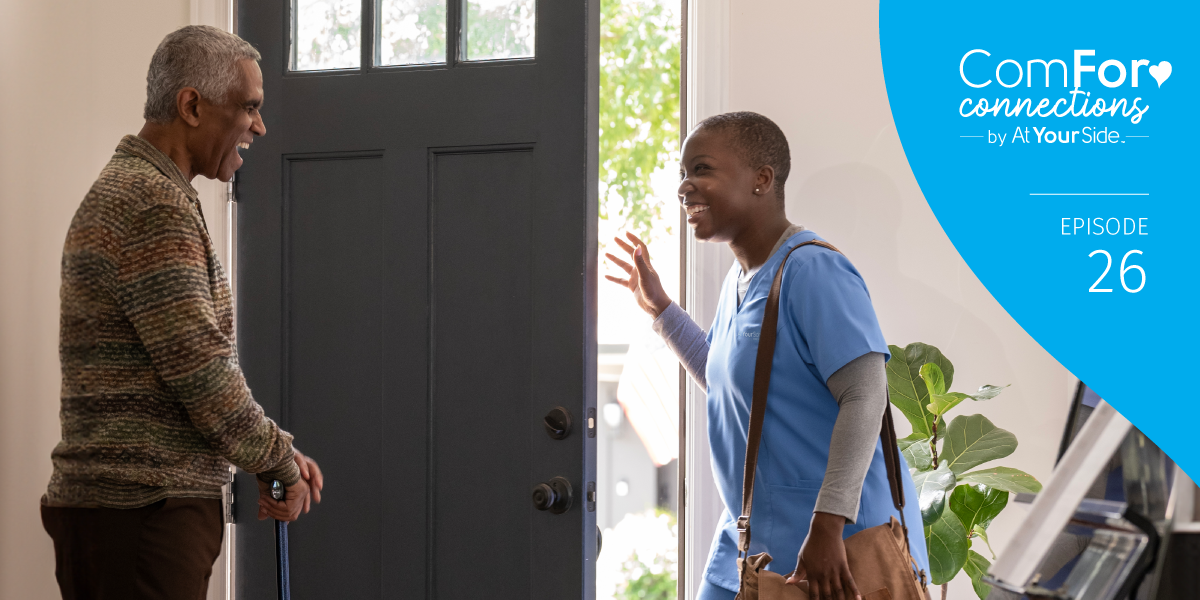

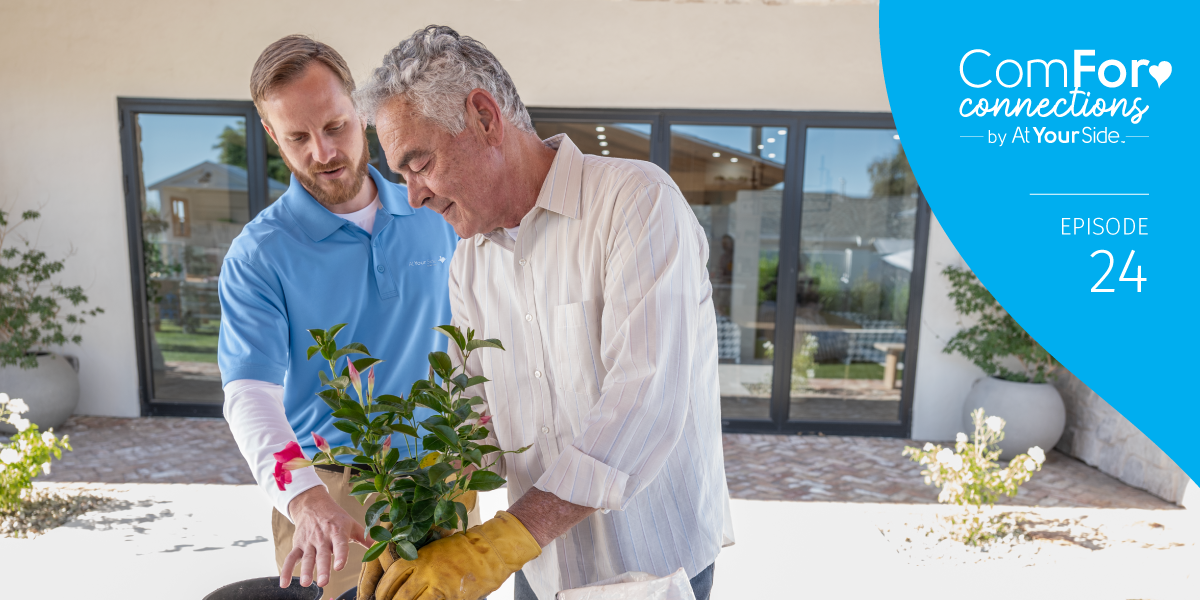
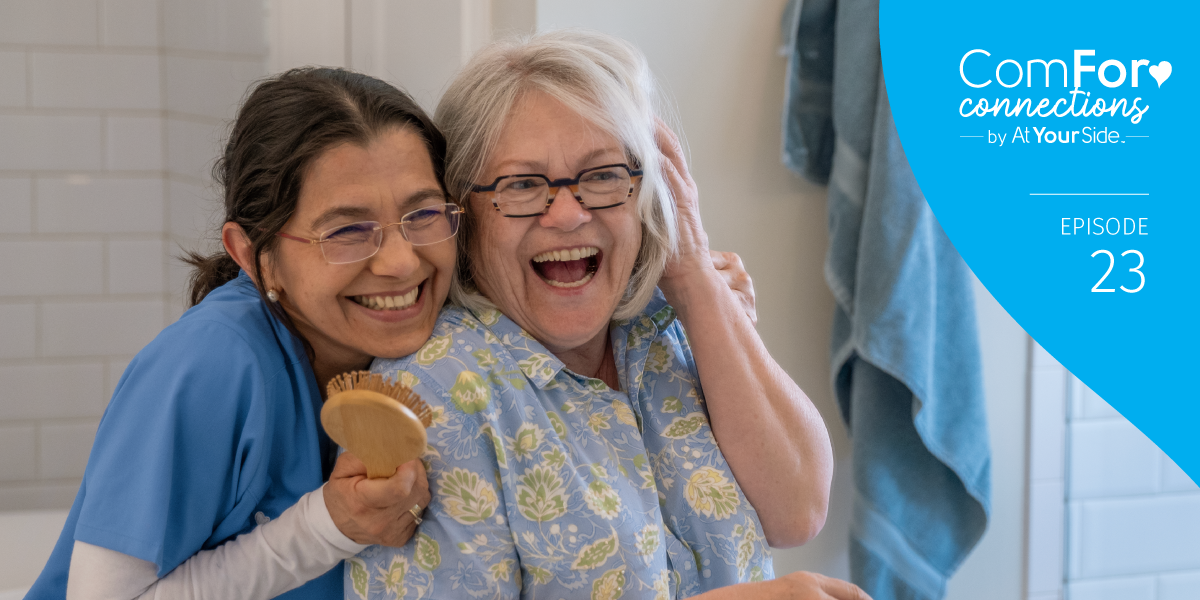
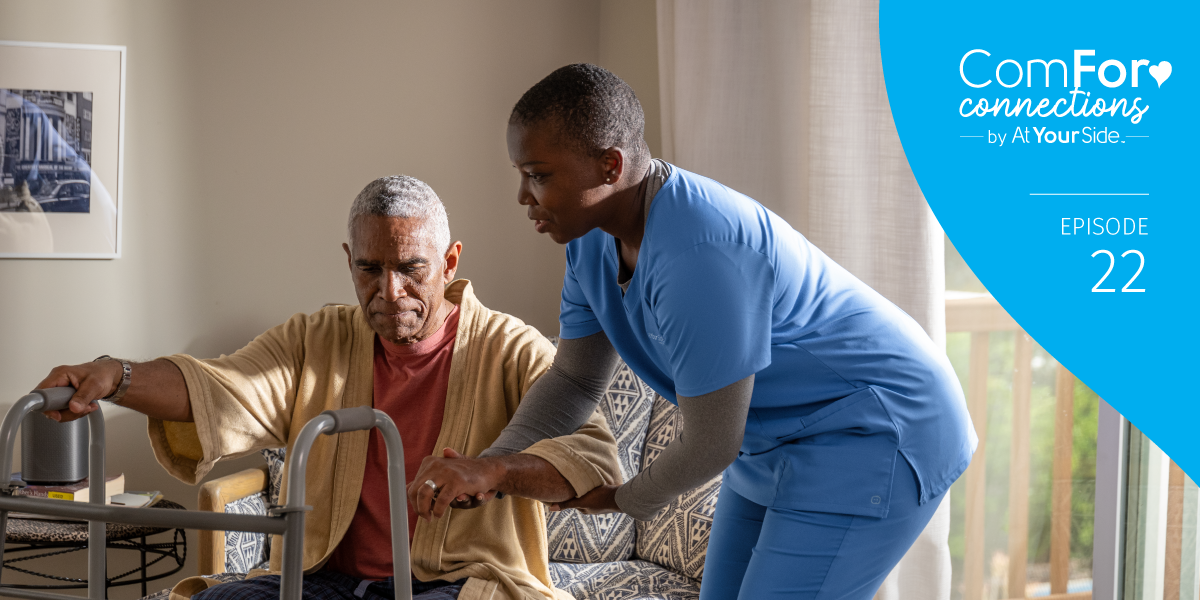







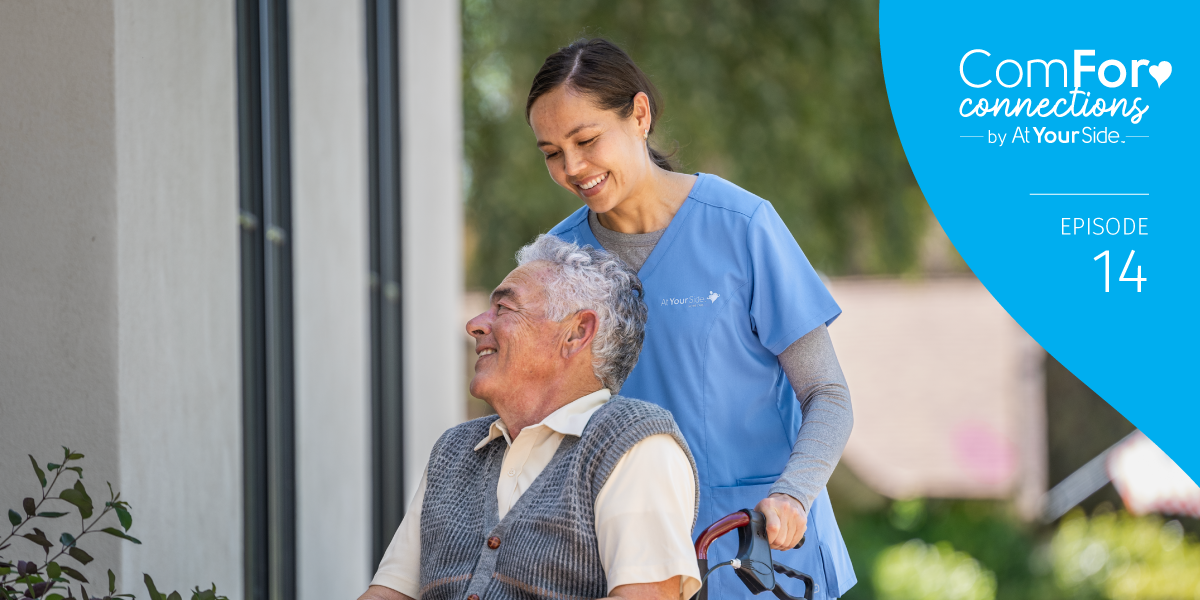





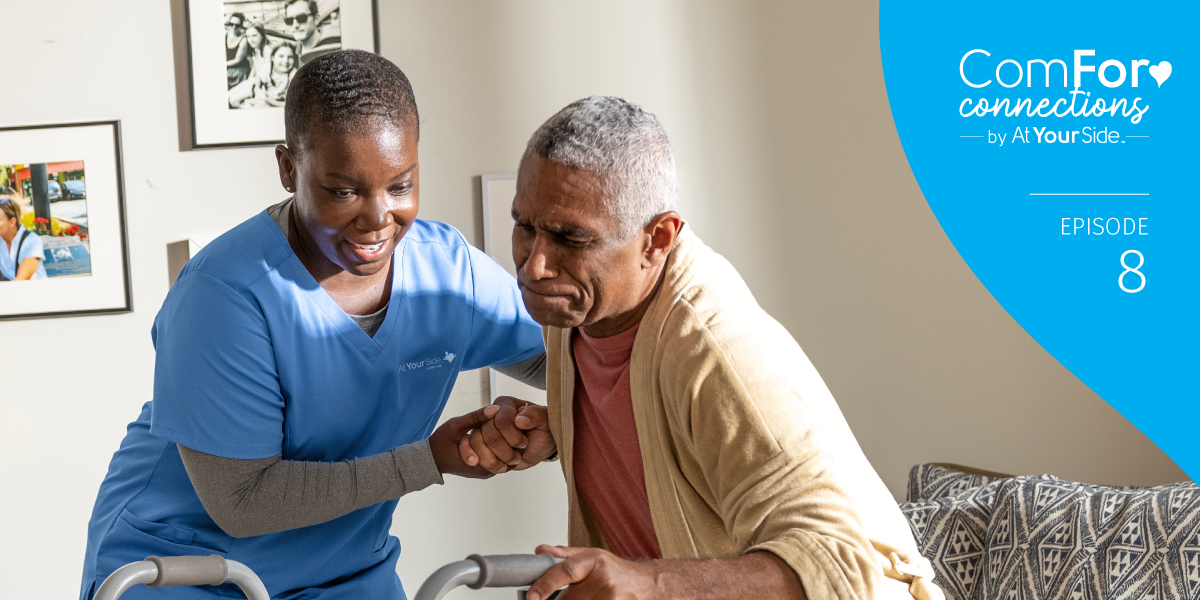



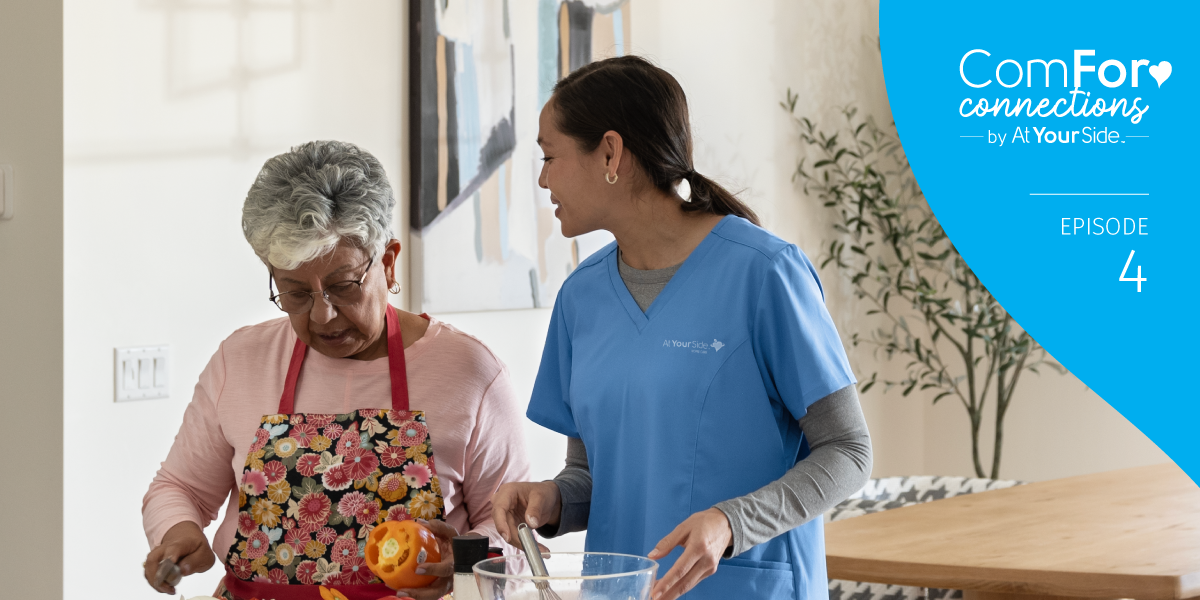
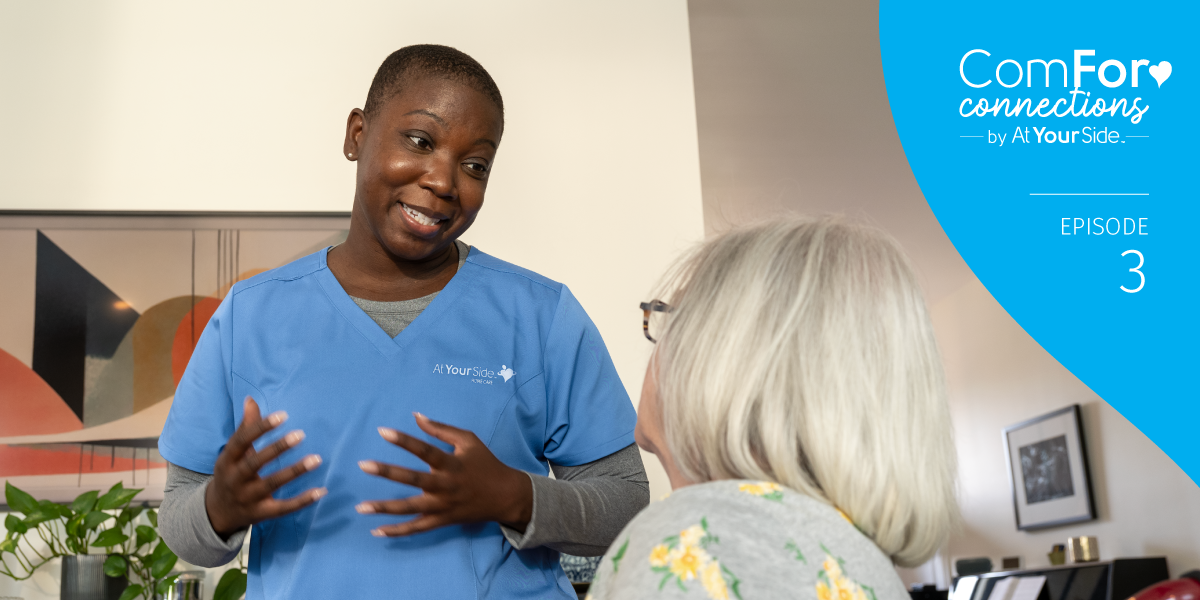


Feeling stretched thin by the world of senior care? We hear you. Between understanding diverse care models, staying updated on regulations, and ensuring the best possible outcomes for your clients, information overload can feel like a daily struggle. That's where At Your Side's very own Home Care Podcast, ComForConnections comes in to cut through the noise, giving you practical guidance and expert insights one informative piece at a time.
Whether you're a seasoned geriatric care manager navigating through complex care plans or a memory care director fine-tuning dementia support strategies, our podcast tackles the real-life questions that matter most. Delve deep into critical topics like Alzheimer's care best practices, the nuances of in-home vs. medical home care, and strategies to ensure smooth transitions between care settings.
Tune into the show and subscribe today to gain your competitive edge. Each episode of the ComForConnections podcast is packed with actionable tips insider knowledge, and resources that empower you to make informed decisions in senior care with confidence.

Each office is independently owned and operated and is an equal opportunity employer. At Your Side operates as At Your Side in the Houston area.
© 2025 At Your Side Franchise Systems, LLC.
Contact Us
800-886-4044